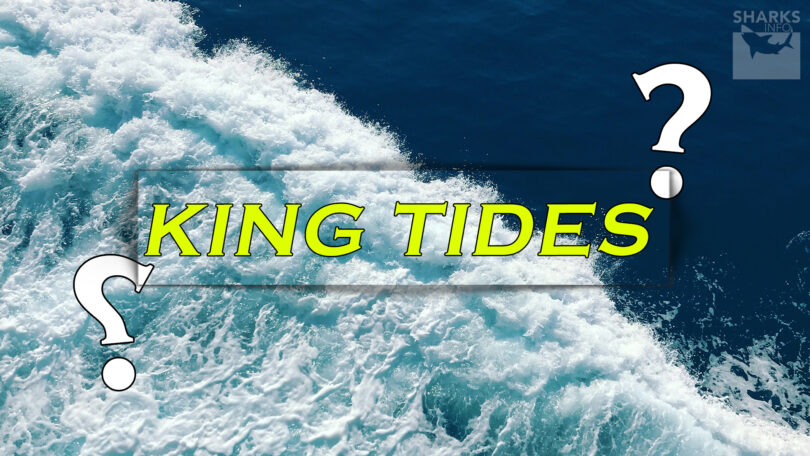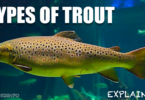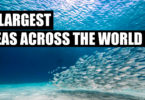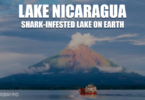As our world experiences a lot of challenges due to the continuous change in climatic conditions. The immediate and visible result is a rapid rise in sea level which often causes waves. But one particular aspect that is worth paying attention to is “King Tides“. King tides are powerful waves that may severely affect ecosystems and coastal populations. In this article, we’ll provide a comprehensive guide to King tides, why they occur, and possible ways to mitigate their impact.
What Are King Tides?
King tides are commonly known as “perigean spring tides” because they are the highest tides that occur during specific times of the year when the Earth, moon, and sun are in alignment. These tidal occurrences take place because the moon and sun’s combined gravitational pull on the seas of Earth causes these gravitational interactions.
When Do King Tides Occur?
King tides occur at specific times of the year mainly spring and autumn but the exact timing of tides depends on location and other local factors King tides occur at two main times: when the moon is closest to the earth in an elliptical orbit and the time of the full moon or new moon and the lowest tide.
However, a few guidelines will be helpful, when king waves are likely in your area:
Seasonal Patterns: At the equinox, when the earth is positioned relative to the sun in a way that strengthens gravity, king waves are most likely to occur, usually, in March and September
Local Topography: King tide timing and intensity can be impacted by coastal topography and coastline form. Extreme tides are often more common in small bays and inlets.
Tidal Charts: You can find out when king tides are anticipated in your area by consulting tidal charts and forecasts given by regional organizations.
What Are the Consequences of King Tides?
The king tides is undoubtedly an extreme event that might result in significant consequences, such as:
Sea Level Rise Preview: Due to climate change, the sea level tends to rise, which serves as a stark reminder of the potential impacts of king tides, providing a preview of what daily high tides might look like in the coming decades.
Coastal Erosion: The increased sea level accelerates coastal erosion during the king tides. This erosion might endanger houses, harm infrastructure, and result in the loss of priceless land.
Flooding: These events can cause property damage, disrupt transportation networks, and even pose risks to public safety.
Ecosystem Impact: The coastal ecosystems are greatly affected by the king tides, affecting the health of estuaries, wetlands, and other important ecosystems, providing critical services like water purification and habitat for wildlife.
Infrastructure Vulnerability: Critical infrastructure like stormwater drainage, sewage systems, and drinking water facilities, are greatly affected by king tides, leading to contamination and service disruptions.
How to Cope With King Tides?
When the frequency of king tides rises to an extreme level, the following parameters should be implemented to cope with them:
Coastal Infrastructure Upgrades
Investment in robust coastal infrastructure is essential to protect communities from the effects of king tides and sea level rise. This includes the construction or upgrading of sea walls, floodplains, and flood barriers to withstand high water levels and sedimentation.
Managed Retreat
In some cases, managed retreat zones, where communities move to safer areas away from shore, may need to be considered. This can be a tough decision but it is the only option in areas that are particularly vulnerable to king tides and coastal flooding.
Beach Nourishment
To replenish deteriorated beaches, sand or other materials are added. This strategy can aid in minimizing the effects of king tides and preserving a robust coastal ecology.
Conservation and Restoration
Protecting and restoring natural coastal habitats such as mangroves, salt marshes, and dunes can provide natural barriers from the effects of king tides. Wave energy may be absorbed and dissipated by these ecosystems, preventing erosion and floods.
Climate Education and Advocacy
Community engagement in discussions about climate change and its impacts is essential because king tides can be the starting point for these conversations, spurring individuals and communities to take action and advocate for climate resilience strategies
Conclusion
King tides are the rise in the sea level due to the continuous change in climatic conditions. These extreme events pose challenges to the local communities as well as the marine life living under the water. To cope with these consequences, it is necessary to adapt and protect our coastal regions by investing in resilient infrastructure, practicing managed retreats, nourishing beaches, conserving natural habitats, and promoting climate education and advocacy.







